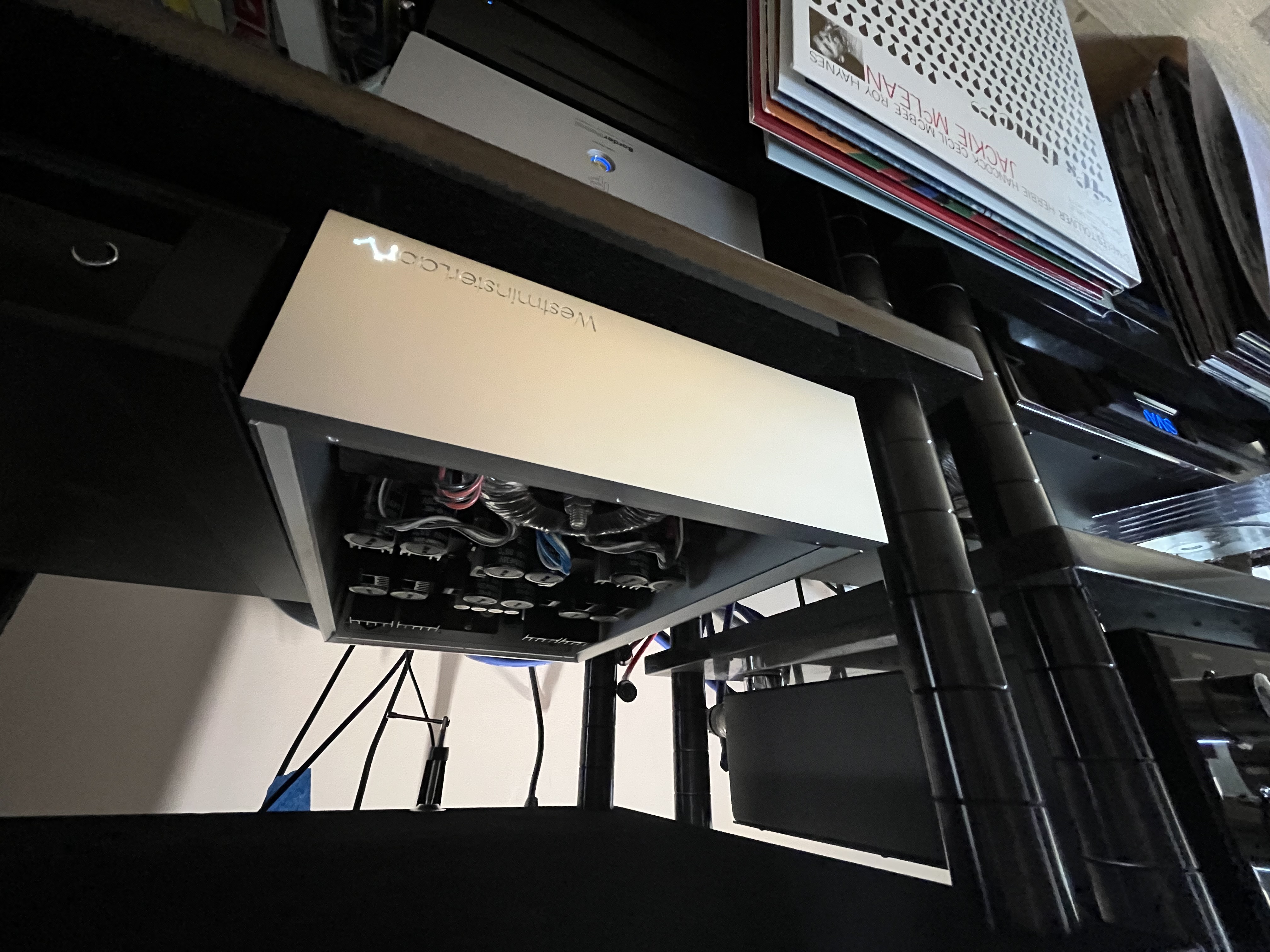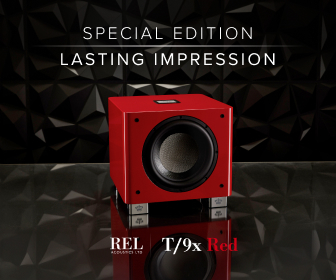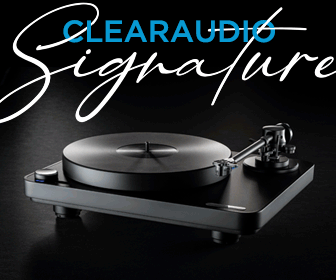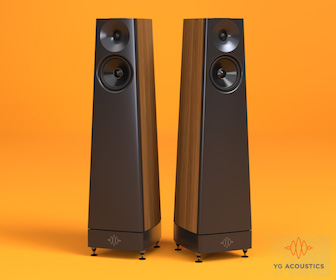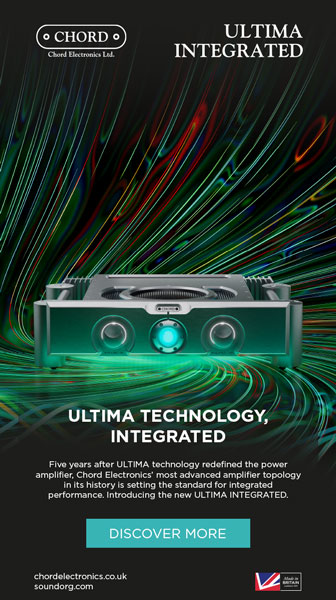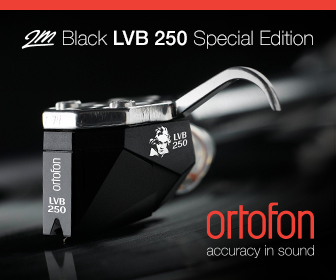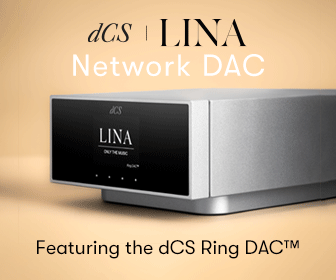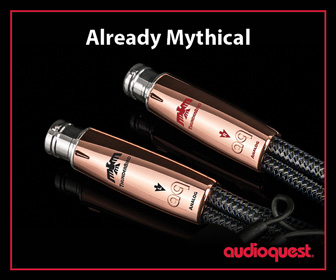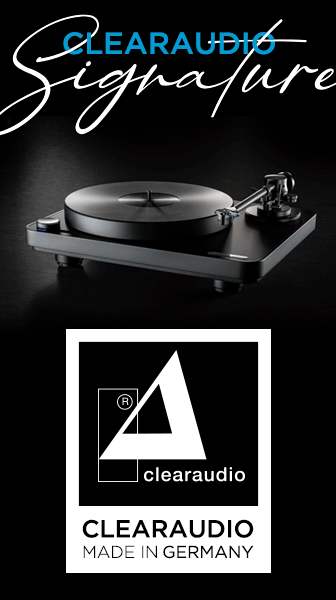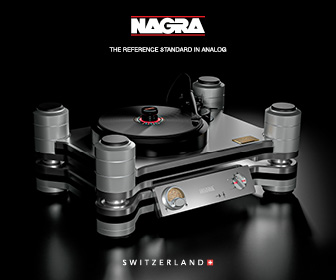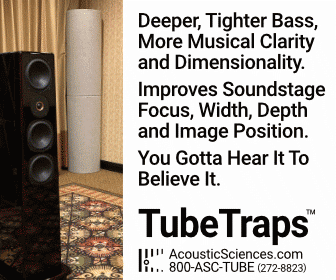Westminster Lab - Monologue MM/MC/DS Audio Optical Phono Preamplifier
A new phono preamp from a lauded up and comer, Westminster Lab.
Westminster Lab is relatively new to the hifi scene, but since introducing their Rei power amps and Quest preamplifier, the company has rapidly gained a reputation for excellence.
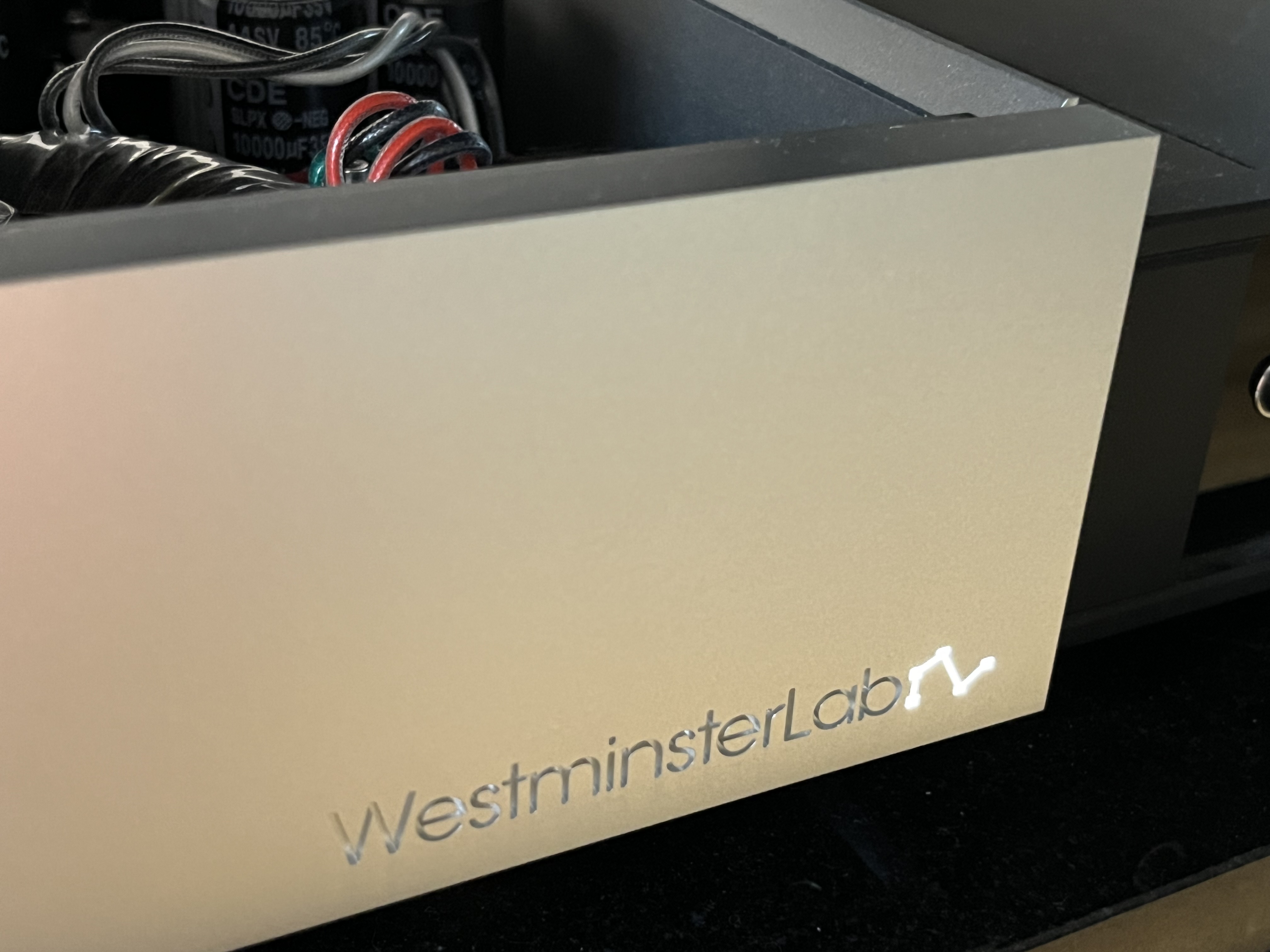
There is a lot of available online information and interviews with Westminster Lab founder and CEO Angus Leung so I won’t rehash too much of it here. Mr. Lueng started as a digital-only listener and designer until a meeting with DS Audio founder and bossman Tetsuaki Aoyagi resulted in Mr. Leung having the opportunity to hear vinyl playback at its best. This event, and no doubt others, resulted in Angus’ desire to craft a high-end phono pre, first as an optional card in the company’s Quest preamplifier and now as a standalone phono stage, the Monologue. These components offer plug-in swappable modules, including a traditional stereo MM/MC, a dedicated mono MM/MC, and a decoder/eq for DS Audio cartridges.
Thanks to the Westminster Lab distributor Gary Leeds of Hear This, and Ken Bowers of Musical Surroundings, the North American distributor for DS Audio, I was allowed to audition a Monologue pre using the MM/MC and DS Audio modules. And what a treat it was. I’ll be doing a full review of the DS Audio W3 cart shortly.

I asked Gary Leeds for some tech info, and Angus relayed this to him:
“Inside the Monologue, you’ll find a customized power system that includes two bespoke 260-watt O-core transformers. The transformer design provides a robust and stable power supply tailored to the Monologue.
The primary design focus during its optimization was to achieve the lowest possible noise levels, allowing the Monologue to reveal music’s most profound nuances and provide unlimited dynamics. The unit achieves remarkable channel separation with seven
individual rails of power regulation and a dual-mono output design. The symmetrical dual-mono output design further enhances the Monologue’s performance by separating the left and right channels at the output stages.
The MC/MM module of the Monologue features an unconventional 3-stage amplification design. Each stage has been meticulously optimized to minimize distortion and work harmoniously with the RIAA equalization introduced by each stage. This innovative approach ensures that the signal remains faithful to the original recording without signal losses typically found in units without this level of accuracy.
WestminsterLab developed custom capacitors for this application. These capacitors are designed to offer negligible distortion, which is especially important for vinyl playback’s low signal levels.
The DS Audio module in the Monologue also utilizes the same coupling capacitor and signal handling technology as the MC/MM counterparts. A dedicated dual-stage regulated power supply has been incorporated for the cartridge’s LED source, ensuring the lowest possible noise from the light source.”
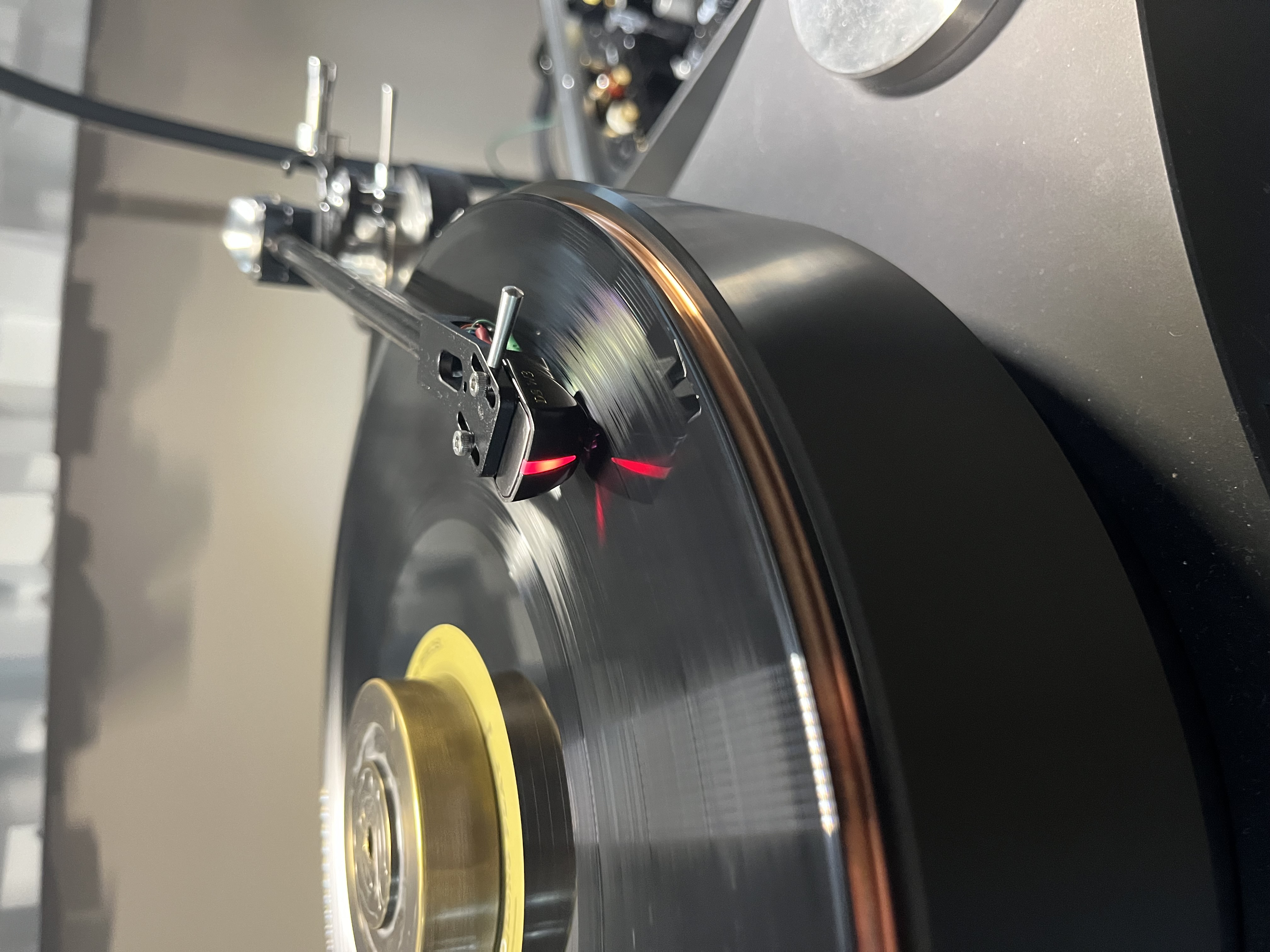
In Use
Popping the top off the Monologue, I could see the attention to detail and its very high build quality. The box is heavy and solid-feeling, with a carbon fiber cover and liberal use of the same material in strategic places. Westminster claims carbon fiber has near-perfect electrical isolation properties.
Most of the insides are power supply circuitry and parts. This is the major difference between a Westminster phono module in their Quest preamp and the standalone Monologue.
Speaking of power, I was embarrassed that I couldn't find the power switch and had to email Gary. Ahhhh, it’s under the right front of the unit. Now I can see the cool-looking, lighted front panel logo. Life was good.
It's no surprise that it took a few days for the Monolgue to settle in and sonically come to life. The bass filled in, or the top mellowed a bit, or a little of both; I don’t exactly recall.
Initially, and for the first couple of weeks, I didn’t listen much, but when I did, the system felt overly bright. The sound was not edgy but a little upper-mid forward and hyper-detailed. By the end of the review period, I was thrilled with the tonal balance and had come not just to enjoy but crave the level of detail the Monologue is capable of.
Had my brain rewired to the sound of the pre, or did things thicken and come to equilibrium? A bit of both? I’ll never know for sure.
A removable card in the rear of the unit holds the guts for the three available phono modules. Removing the outer hex bolts, unscrewing an inner hold-down hex, and sliding the cards in or out was straightforward. The feel of a nice, snug fit on the circuit board edge connector pins to the receiving connector was reassuring.
Dip switches on top of the module adjust gain and loading, with plenty of choices to dial in any cartridge I can think of. The DS module has only 2 dip switches: one for bass, the other for high-pass filters. I did not feel the need (in my system) to employ these, so I left things flat on the low end.
Since I'm spoiled by all the convenience features found on many offerings in the current HiFi market, of course, I would have loved a remote, or at least front or rear panel switches to change loading . But I am also well aware of how convenience often comes with audio compromise, so I didn't let myself grumble about having to take off the Monologue top to change settings.
During the review period, my system consisted of:

TW Acustic - Raven LS turntable with Raven 10.5 tonearm and a variety of carts including a DS Audio W3, Rega P-10, VAC Master Preamplifier w phono pre option, Westminster Lab - Monolgue phono pre, Forssell Technologies MADA-2a DAC and dCS Bartok Apex DAC, Ampsandsound Zion Monos, Westminster Lab Rei monos, Acora Acoustics VRC loudspeakers, Cardas Clear Beyond, Sain Line Systems and Iconoclast cables, ADD-Powr Sorcer, Acora granite equipment racks, and amp stands, Profitec Pro 600 espresso machine with Counter Culture Big Trouble beans and Oatley oat milk.
Trouble In Paradise
The Monologue had a fair amount of additional detail and resolution compared to the VAC. Being so used to the VAC as my reference, it took me a bit to cozy up to the Monologue. I tend to prize midrange density, harmonic juice, and that imaging thang you usually get with tube gear. In other words, I like it when my dinner date has a hint of makeup on, even though she’s beautiful au naturale.
But this is hard to quantify 'cause I enjoy this sonic vibe mainly for its ability to pull me into the music and avoid listening to the system. The Monologue seemed more faithful to the recording, so it was a great listen, but it was more in my head than my heart. This initial feeling changed later.
Around this time, I swapped the Ampsandsound Zions for a pair of Westminster Lab - Rei monoblocks. It took a few days (just as the Monologue had) to wake up to maximum goodness, but on the third day BAM!, it was GAME ON. Unfortunately, my beloved Zions had to warm the bench for the rest of the review period. The Rei is that good.
This is not the time to discuss the Rei amps in-depth, but they are an excellent product with a long list of attributes - the major one for me, being a tremendous musicality that is very close to the best in tube amps.
I have to take a second to mention how important my Acora Acoustics VRC speakers were during this review. I've become addicted to the VRC's ability to be an incredibly detailed resolution monster in every way. But they never come across as bright or overbearing; provided you don't play something that sounds like it was mastered by a microwave oven masquerading as AI. The speaker only reveals what it gets sent by the upstream gear, yet with some crazy ability to present almost any recording in a musically satisfying manner. The VAC Master, Rei monos, and VRCs were critical in allowing me to hear the sound of the Monologue.
When I mounted the W3 on the TW Acustic Raven LS w/Raven 10.5 arm, there was an occasional static and signal loss on the left channel. This static and dropout mainly occurred on a record's first inch or two. When there was no noise and dropout, the sound was utterly unharmed as far as my ears could tell and, more importantly, totally enthralling. I’ve auditioned the DS 003 cart with its level of DS decoder AND with a Meitner decoder. The W3 with the Monologue DS module is a quantum leap over that prior audition.
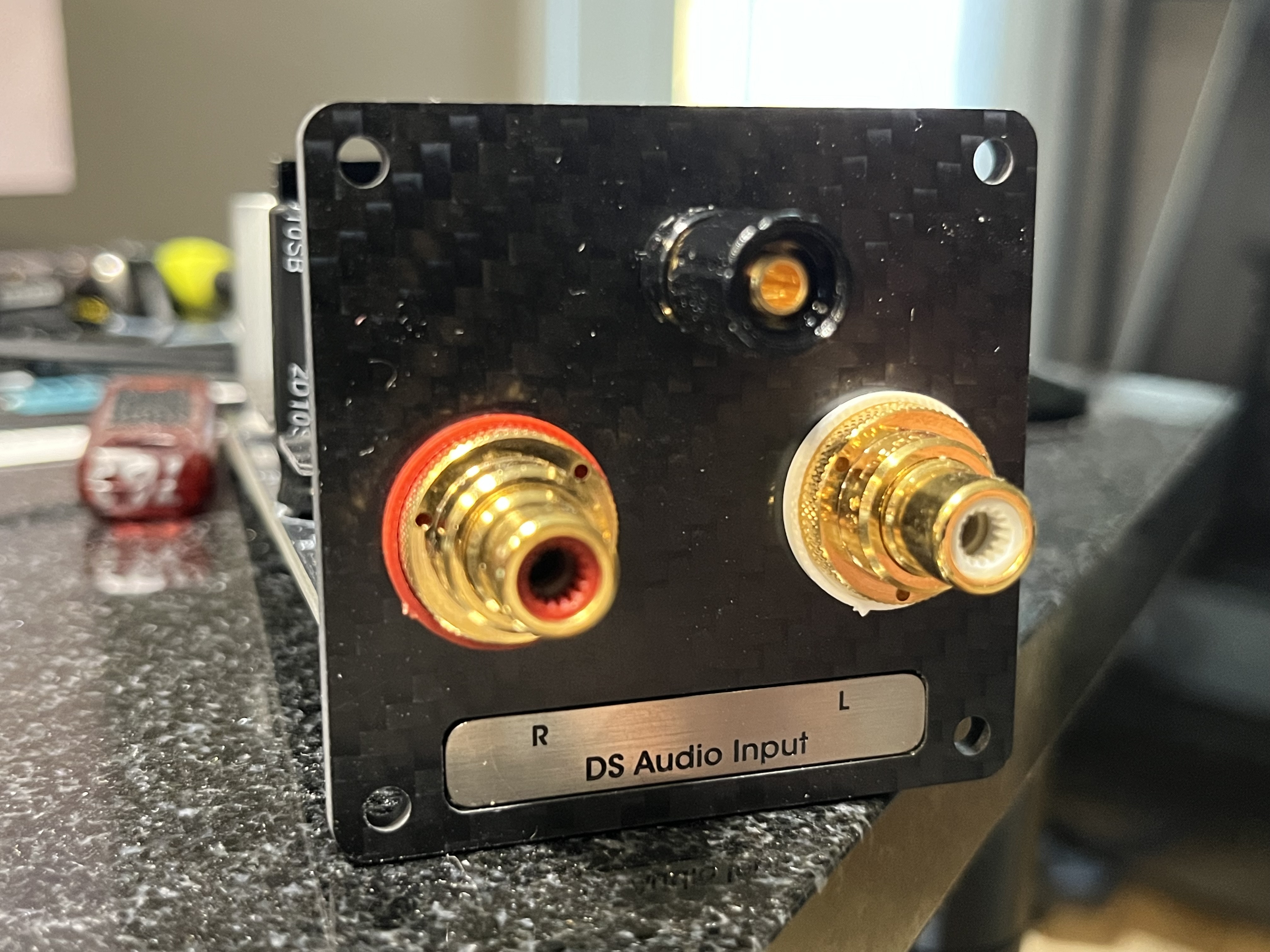
With Ken Bowers' help, I determined that the tonearm wires were not working correctly. The DS carts are especially sensitive to continuity from cart to DS decoder/eq module, as power is supplied to the cart on at least one of the leads. Maybe a tiny region of ultra-thin lacquer coating on the Litz wires had rubbed off; who knows? I listened a lot (to cuts in the middle of a side) before sending the arm off for a rewire to Jeff Catalano of Highwater Sound.
As a fallback, I mounted the W3 on my trusty Rega P-10, and things were fine electrically. Sonically, not so much. The Rega RB 3000 arm and table did NOT like the DS for some reason. It was overly bright and lean on the bottom, virtually night and day to the splendor I heard on the TW. So, I pulled out some of my other MC carts to give the DS and Dyna a rest.
A Short Philosophical Detour
The more experience I’ve gained in how a component affects my perception of a recording, the more I realize how tenuous and inexact the review process can be. Still, I love the challenge.
“The truth was a mirror in the hands of God. It fell, and broke into pieces. Everybody took a piece of it, and they looked at it and thought they had the truth.” ― Rumi
I think his quote from the Westminster Lab website perfectly describes the process of an audiophile’s search for sonic truth.
Our human ability to assign and interpret meaning to our sense perception of the material world is discussed in a brilliant essay by Eelco Grimm (of Grimm Audio) entitled Conscious about Consciousness. I encourage thinking audiophiles to read it. The content of this essay influenced how I felt about my listening impressions during my time with the Monologue (and the Rei amps.)
Listening Impressions
One night in particular, I was more connected to the music than usual. I started the evening by installing my trusty Charisma Audio - Signature One on the P-10 to see what the Monologue had to say.

The first cut I played was the 45rpm version of "No Way Out" from Peter Gabiel’s record Up.
Not remembering what number I had previously used to load this cart, I started with the VAC Master MC phono input at 100 ohms. While trying different settings, I gradually found 200 ohm to be the money number. 200 ohms produced a wide bandwidth sound that reached deep ( I felt 21 hz during the outro of this tune) with smoothly sailing highs on top. Further, this all showed up in my ear as having just the right amount of dampening to deliver a rich, dense, dynamically active fabric of sound full of stereo-dimensional clues. While excellent at its price point, the Charisma cart is not quite the ultimate in dynamics and detail. However, I got a strong sense of musical immersion that made for a very satisfying listen—a vibe I rarely experience in solid-state phono pre's.
Switching to the Westminster Monolgue and adjusting loading for the same 200 ohms, I was shocked at how good but completely different the overall presentation of the music was.
Now, all the swirling and, at times, very dense musical layers that are the pigments on the canvas of "No Way Out" came alive dynamically and spatially - yet with a seamless flow in the linear direction. It was a most enjoyable experience to have the maximum jump factor with lots of easy-to-hear, smaller dynamic shades tied into the gradual (and sometimes jarring) unfolding of the various percussion, synths, pianos, and non-specific noises that make up this classic Tchad Blake mix. Yes, I’m contradicting my earlier assessment of the Charisma's dynamic ability, but the Monolgue extracted more than I had heard when using the VAC phono pre.
With the Monologue, while simultaneously hearing a large amount of information, it was easier for the music to be that Dopamine drip I sometimes crave. I’ll add to this by saying I had to listen to this tune several times during this session. I would lose my ability to listen analytically 'cause I was simply vibin’ to the tune.
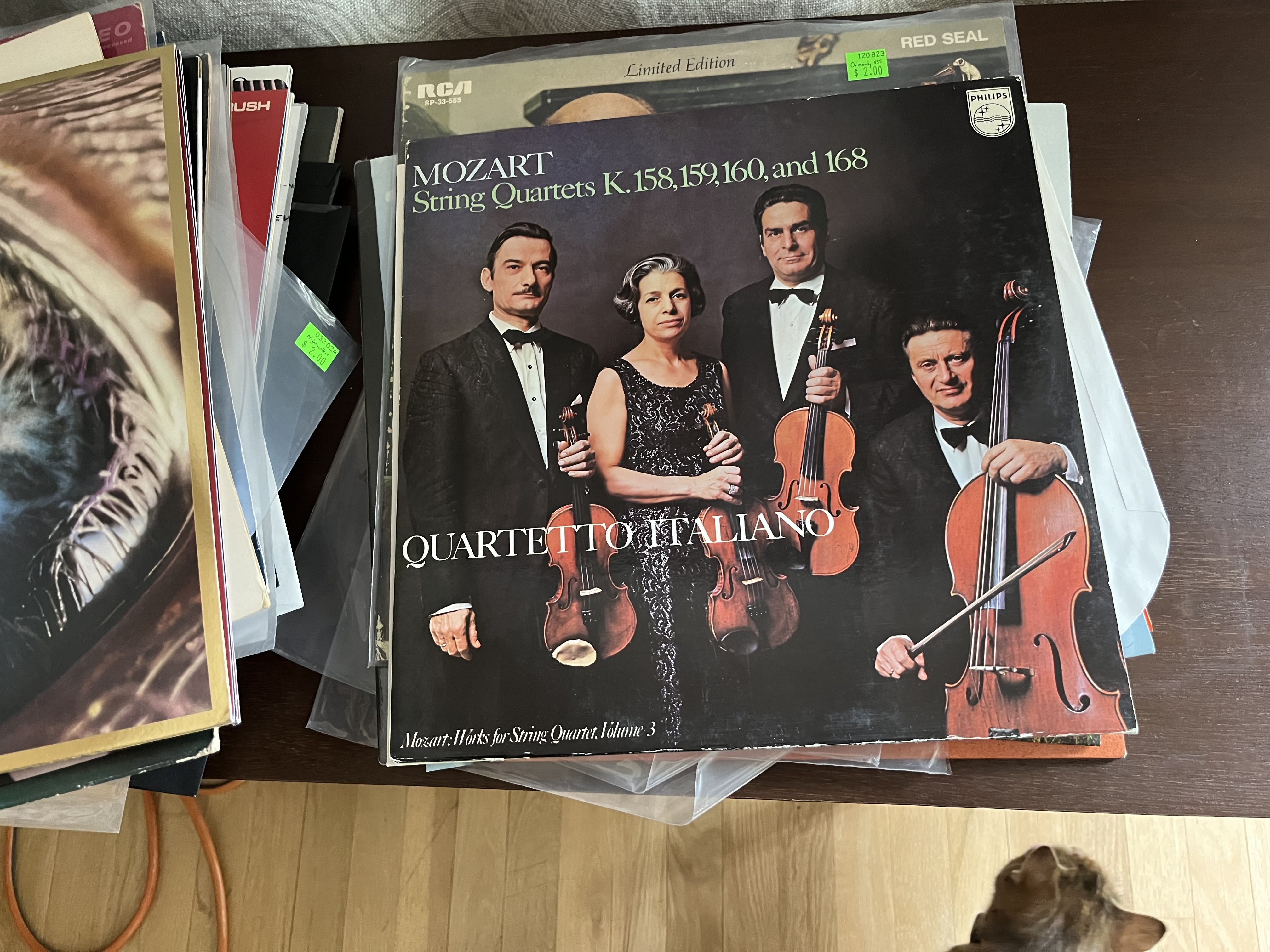
Moving on to the Quartetto Italiano performing Mozart string quartets from a 1972 recording on Philips (6500 172), I was immediately taken with the life-like spread of musicians in my listening room. Massive width and depth abounded. No, it didn’t suspend disbelief because of the vintage nature of the recording (I heard tape, tube mics, and possibly a tube console.) The you-are-there impression was tempered by being a little too sweet and more rounded off on transients than the Real Thing, but oh so lovely.
Again, the flow I heard on the Gabriel disc was there in full force to complement the extraordinary way the musicians perfectly played together. The Mozart pieces on this recording, along with the playing and style of recording, made it sound like the four string players were a much larger ensemble. The legato sections in the andante of String Quartet No.5 were sublime—bonus points for a shockingly quiet background.
Usually, I can only take so much Mozart before my ADHD kicks into high gear, and I look for something more musically challenging. This time, I was riveted for the entire side.
The Monologue’s sound profile is more stealthy than enhancing. Still, for both these records, its crucial contribution was to add nothing in the way of electronics-induced texture as it heightened my sense of information retrieval. I was getting used to trading the VAC sumptuousness for speed and detail. In this case, it was important not to have a hint of midrange dryness or artificial-sounding hyper-detail that would disconnect me from my Dopamine drip. The Monologue kept me connected.

The next night, hoping to return to the prior night’s happy place, I needed some Jazz.
Monk’s Music by The Thelonious Monk Septet is not only a watershed record in bop; it’s one of my favorites. I find the tunes and playing shockingly great. While very distracting at times, the sound is something I almost have to willfully ignore if I want to get the deepest enjoyment from all the swingin’ and blowin’—but this was not so when I listened to the Monologue.
As the Monologue decoded all the lightening-in-a-bottle moments captured in these grooves, to my surprise, I could hear more clearly than ever as extreme changes in the ambiance of the recording space occurred. Different microphones were tuned up to feature individual players during solo sections, throwing off the balance and location of the other players. Leakage on the mic used for sax solos, which are panned to the left, suddenly makes Art Blakey’s drum kit (close mics panned right) have a considerable stereo spread—probably a Neumann U-47. When a trumpet solo occurs, the drum spread similarly changes but with a much warmer sonic texture - from a darker, RCA ribbon mic perhaps?
Regardless, during this listening session, I never lost my focus on the music while following the incredible ensemble playing and the mind-blowing solo work. ‘Trane, Monk, and the rest of the ensemble rule on this record.
Even as an avowed tube-a-holic, I can't remember the last time I got so much enjoyment from an almost total solid-state system (except for the one tube per side in the VAC line stage). This only occurred to me deep into the review process.
So What Does This All Mean?
Connecting the dots, I’d say if an audiophile loves their cartridge but has a nagging feeling it’s time to move to higher ground with a new (and maybe more expensive one), hold up. A Monologue might make more sense by allowing you to hear much more from your current cart.
The Monologue's sonic attributes came across as so balanced that it also has no problem giving a listener the best a $10K (and up) cartridge has to offer. But the Monologue has such a low departure from linearity that I wouldn’t use it to tune a system by balancing out issues in other components. To each her own.
As crazy as it sounds, at $12,900 (mono and DS additional cards $5,200 each), the Monologue is in the middle to the low side of what one might spend for a quality phono preamp. While I’ve heard lots of super expensive phono pre's, I have yet to review something at, say, $60K. But based on the many phono pre's I’ve listened to in my system, the Monologue is at the top of the heap.
For DS Audio fans, the sound quality of the Monologue DS module was transformative when I listened to the W3 cartridge.
Are there other pre's in this price range with unique and desirable sound and features? Are some pre's magical in their match with a particular cartridge? Would another less expensive phono preamp give certain listeners more of what they like to hear? Undoubtedly.
However, Westminster Lab has something special with the Monologue. I know it’s a cliche, but when listening to records via the Monologue, I could mind-meld with the music more than I recall using any other phono preamp. Some might call it a bargain - considering its superior sonics and versatility. I certainly do.
Congratulations to Mr. Leung and his entire team at Westminster Lab for such a fine addition to their line.
Specifications
SPECIFICATIONS
Monologue
Distortion
<0.0001% @ 1kHz
Signal-to-Noise Ratio
>120dB, unweighted
Input
1 optional module
Frequency Response
2Hz to 100kHz, 0.1dB
Outputs
1 set of balanced XLR output
Output Voltage
up to 12Vrms
Channel Separation
>110dB
Dimensions
W232 x H110 x D392 mm
Weight
12KG
Optional Module Specification
DS Audio Equaliser
Input
1 set of unbalanced RCA input
Gain
27dB
Compatibility
All DS Audio cartridges.
DS Audio certified equaliser.
Outputs
19pin proprietary socket
MC/MM Phono
Input
1 set of balanced XLR input or
1 set of unbalanced RCA input
Input Impedance
60Ohm to 47kOhm ( 18 steps )
Loading Capacitance
22pF to 322pF ( 5 steps )
Gain
40dB to 70db ( 4 steps )
Compatibility
Variety of modern and vintage MC/MM/MI cartridges.
Outputs
19pin proprietary socket
Mono MC/MM Phono
Input
Single channel unbalanced
RCA input
Input Impedance
60Ohm to 47kOhm ( 18 steps )
Loading Capacitance
22pF to 322pF ( 5 steps )
Gain
40dB to 70db ( 4 steps )
Compatibility
Variety of modern and vintage MC/MM mono cartridges.
Outputs
19pin proprietary socket


